
fairtrade, handmade & natural fibres
- Free shipping within the UK
- Safe payment
- Customer service: +31 6 10603703
Natural fibres
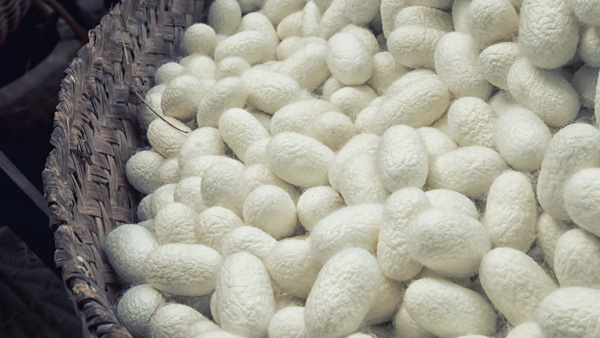
Silk
Because of its beautiful lustre and colourfulness, silk is a very stylish and very popular fibre. Silk is flexible and comfortable and has the unique quality to warm you when it is cold and cool you when it is hot. Silk is durable, lightweight, non-allergic and feels soft to the skin.
There are different types of silk. A well known one is mulberry silk. Mulberry silk is farmed silk harvested from the cocoons of the Bombyx Mori, a famous silk butterfly. The butterfly and its worms live on an exclusive diet of mulberry leaves, hence the name ‘mulberry silk’.
Eri silk
Eri silk is a natural fibre harvested from the cocoon of the eri silkworm. The eri silkworm is easier to keep than the mulberry silkworm because it eats many types of leaves. Like castor, cassava and tapioca.
A big advantage of rearing eri silkworms is that castor, cassava and tapioca feed people as well. This means the weaving groups not only earn an income by selling silk, but also by selling these foods.
Just like the mulberry butterfly, the eri butterfly reproduces itself year round. However, the cocoon of the eri silkworm is much bigger than that of the mulberry worm. The mulberry cocoon produces one long silk thread. The eri cocoon produces many (shorter) threads, that are spun (instead of reeled) into a much longer one.
Eri silk has the typical quality of spun fibres. The somewhat irregular thread gives eri silk the look and feel of a mixture of wool and cotton, while it has the softness of silk.
Counting Flowers sells scarves made of 100% eri silk, handwoven by artisans from baan Tup Klai and baan Pha Na Sawan in northern Thailand. We buy the scarves from Fai Gaem Mai.
Raw silk
Raw silk refers to silk yarn of which the sericine, the natural gum that protects the silk fibre, has not been removed by boiling the mulberry silk.
Raw silk feels smooth with some bumps and has a warm lustre. The beautiful structure of raw silk yarn is what makes the product so highly desired by many.
Care instructions for all types of silk
Silk is naturally dirt resistant so it does not need a lot of washing. If you would like to wash your silk scarf, consider the following:
- Hand wash separately in cool water;
- Use only a drop of very mild soap;
- Do not leave silk soaking;
- Remove any excess water carefully, do not wring out or twist the scarf;
- Leave the scarf to dry in a flat position;
- Avoid direct sunlight when drying;
- Do not use a tumble dryer;
- Use iron on silk programme and iron the scarf when still moist.
Of course you can also take your silk scarf to the dry cleaner.
The silk scarves from Counting Flowers are coloured by hand. This means the silk might lose some dye when washed for the first time.
Note: let perfume and hairspray dry before you wrap a silk scarf around your neck. Alcohol can stain or damaged the silk.
This information does not offer any guarantees. However, we know from experience that if you handle your silk scarf with care, you will enjoy it for a long time.
alpaca.jpg)
Alpaca wool
Alpaca wool is soft, strong, light and warm. Alpaca’s produce fibre that is as fine as cashmere, and much warmer and lighter than sheep wool. More about Alpaca wool
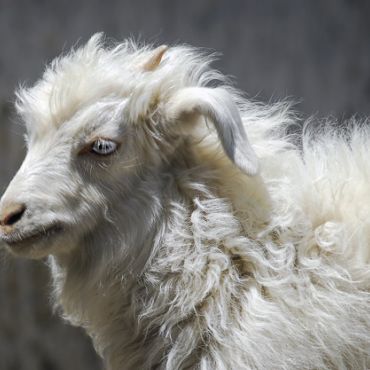
Cashmere
Cashmere is the queen of wool fibres. Cashmere, also know as pashmina, is one of the most luxurious and rare fibres that exist. More about Cashmere
katoen.jpg)
Cotton
Cotton is a soft fibre derived from the seeds of cotton plants. Cotton is famous for feeling comfortable on our skins because it breathes and absorbs moisture. Last but not least, cotton is strong and.. More about Cotton
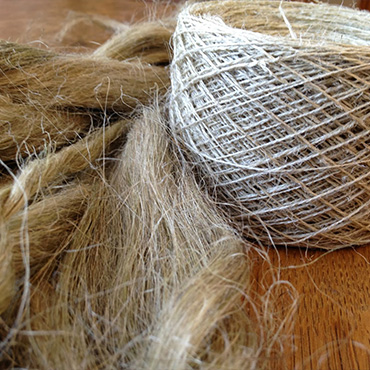
Linen
Linen is a beautiful fabric made from the stalks of the flax plant. Linen is much more laborious to manufacture than wool or cotton but is highly valued because of its beauty, strength and exceptional.. More about Linen
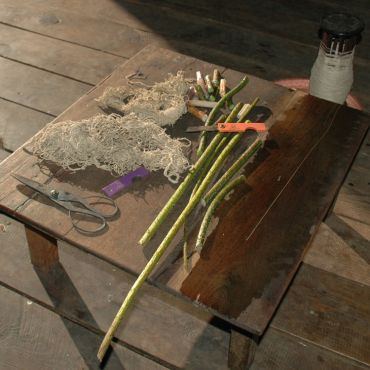
Lotus silk
Lotus silk is a rare and highly exclusive fibre. The silk thread comes from the stem of a lotus flower. Therefore this fibre is 100% animal cruelty-free. More about Lotus silk
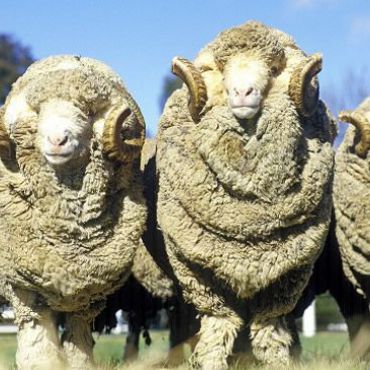
Merino wool
Merino wool is super soft and comfortable in summer and winter. More about Merino wool
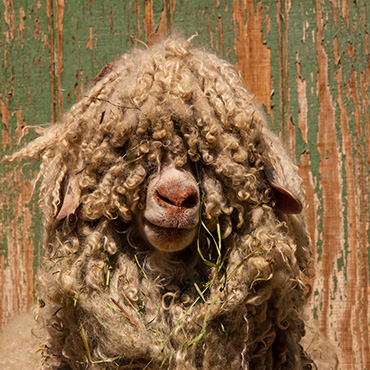
Mohair
Mohair is a soft and comfortable woollen fibre made from the long, curly fleece of the Angora goat. Mohair has a beautiful lustre and an elastic quality. It is therefore considered a luxurious natural.. More about Mohair
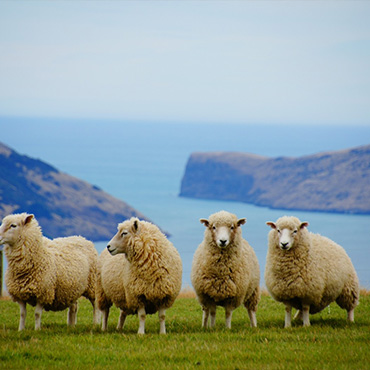
Sheep's wool
Sheep's wool has been used for over centuries and is well-known for its excellent insulating qualities. Sheep's wool is comfortably warm, fire resistant, water and dirt repellent, crease resistant and.. More about Sheep's wool
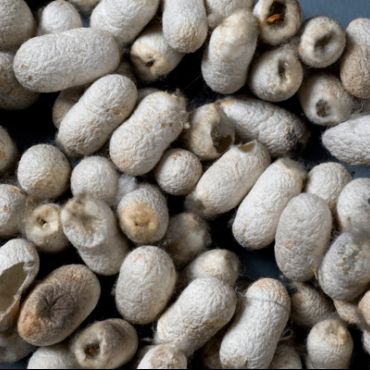
Wild silk
Silk comes in different varieties. An important difference between common (mulberry) silk and wild silk is that the mulberry silkworms are reared on silk farms, whereas wild silk is harvested from coc.. More about Wild silk
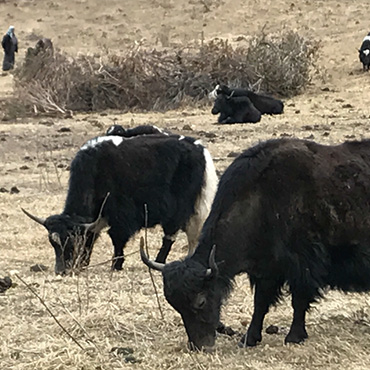
Yak wool
Yak wool is soft, flexible, very comfortable and warm. Scarves and shawls made from pure yak wool are hard to find outside the Himalayan region. More about Yak wool